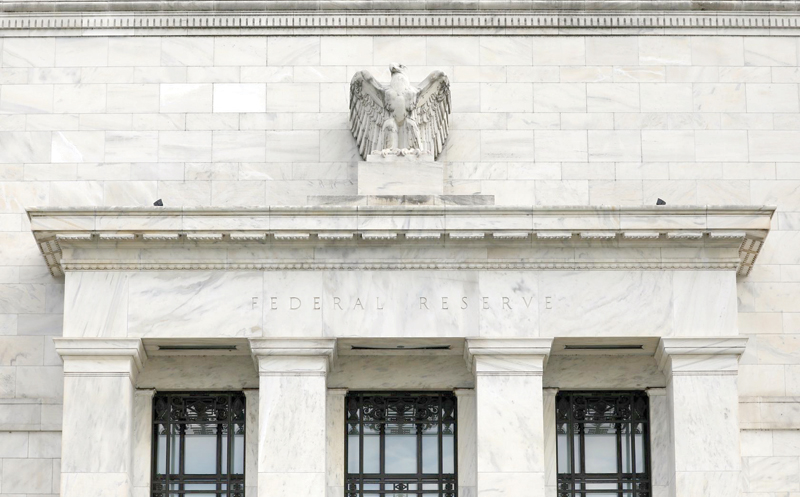

WASHINGTON: The US Federal Reserve unveiled new rules on Wednesday that create a “stress capital buffer” to determine how much banks must hold in reserve to guard against downturns.
The final rule would integrate capital requirements stemming from the Fed’s annual bank stress tests with regular capital standards, in an effort to make it easier for banks to predict how much they must hold in reserves, while also making those standards more customised to each firm.
Fed staff estimated the final rule would actually lead to somewhat higher capital requirements for the nation’s largest banks, like JPMorgan Chase and Citigroup, and lower requirements for smaller institutions.
All told, large global banks are expected to have to hold, on average, 7 per cent more loss-absorbing capital, while banks with under $700 billion in assets are expected to see a 10 per cent reduction in those requirements, the Fed said.
The rules will take effect for the 2020 round of bank stress tests, where 34 banks will be tested. The Fed will release the results on June 30.
The final rule would reduce the number of capital requirements banks must meet from 13 to eight, as banks have long griped that the litany of standards can be complicated and confusing to meet.
The rule would also give banks more flexibility after receiving their stress test results, permitting them to boost payouts to investors without Fed approval, as long as the bank’s capital does not fall below regulatory limits.
“The stress capital buffer materially simplifies the post- crisis capital framework for banks, while maintaining the strong capital requirements that are the hallmark of the framework,” said Fed Vice Chairman Randal Quarles in a statement.
However, Fed Governor Lael Brainard, the central bank’s lone Democrat, voted against the rule, arguing that it amounts to an “imprudent” reduction in capital across the banking system.
The final rule scraps a stress leverage buffer the Fed had originally proposed as part of the rule in April 2018, but it keeps another proposed requirement that banks must set aside enough funds to pay for a full year of dividends when doing their capital planning. The industry had pushed for both of those rules to be scrapped.
The rule does not pursue some ideas Quarles had previously floated as a way to offset dropping the stress leverage buffer, such as raising the baseline countercyclical capital buffer imposed on banks from its current zero per cent level, or raising the minimum capital banks are required to hold. Fed officials said those ideas could be addressed in future rulemaking. — Reuters
Oman Observer is now on the WhatsApp channel. Click here



